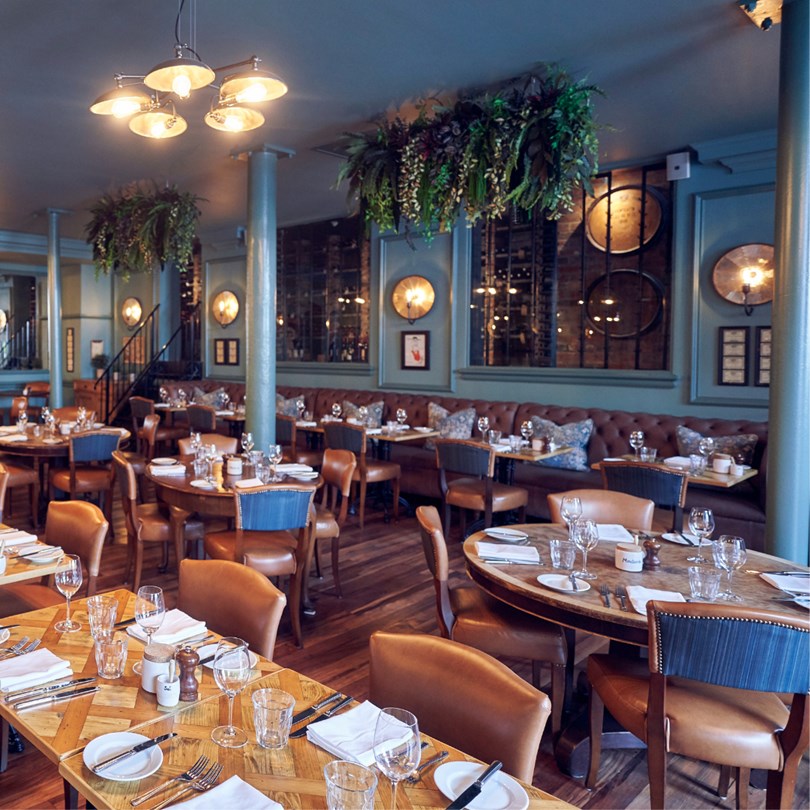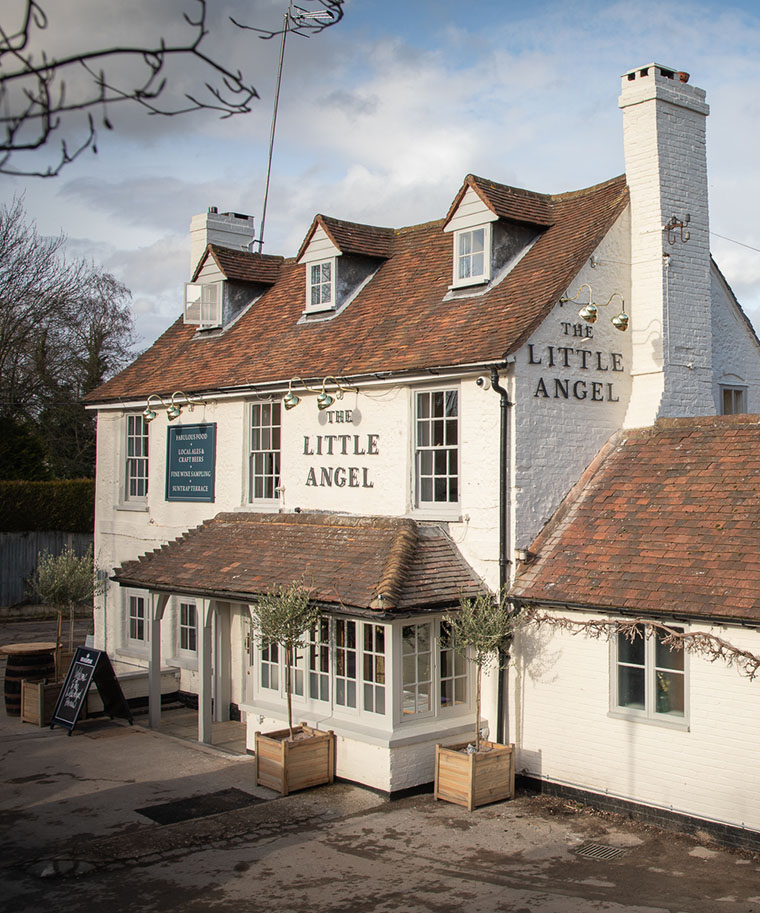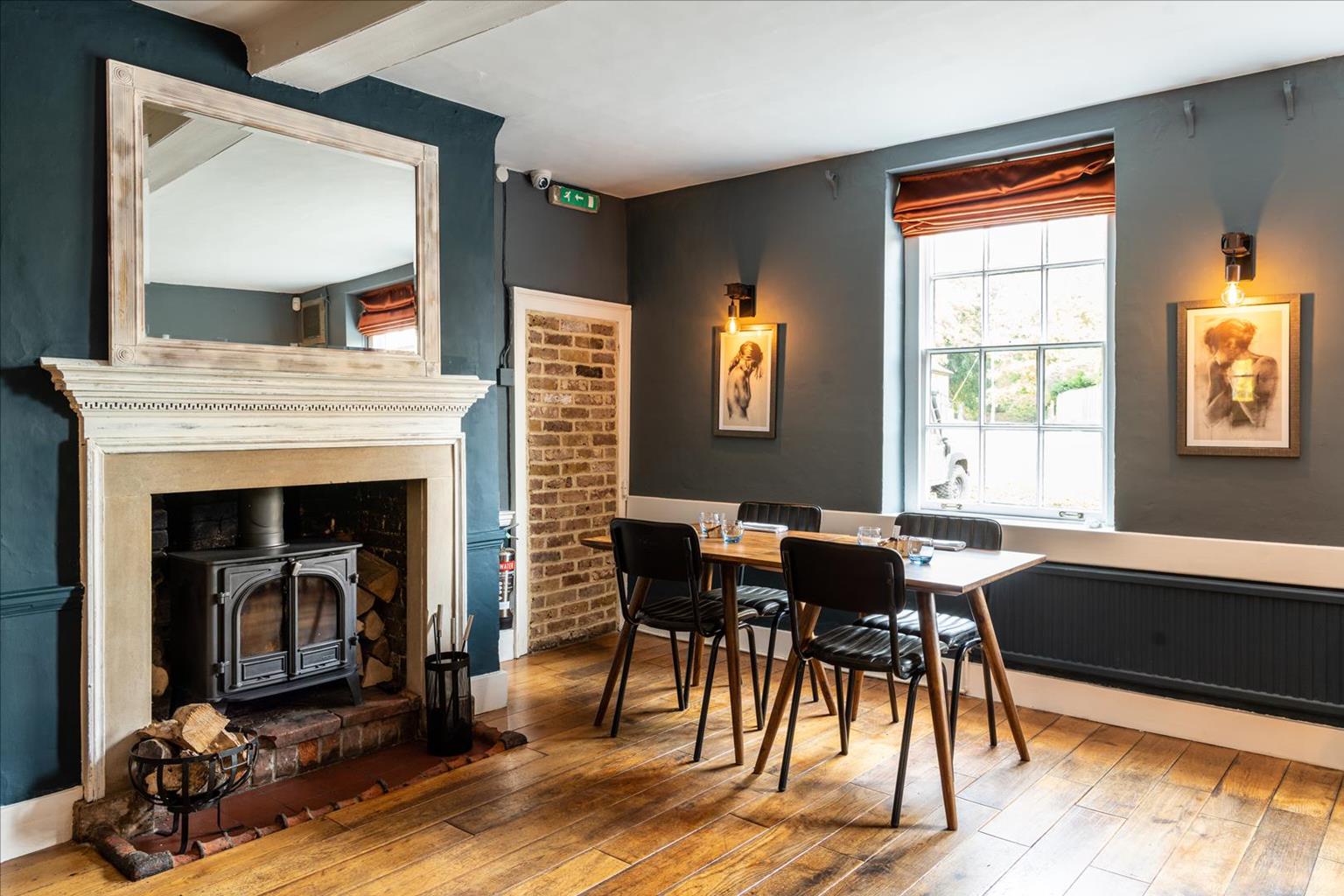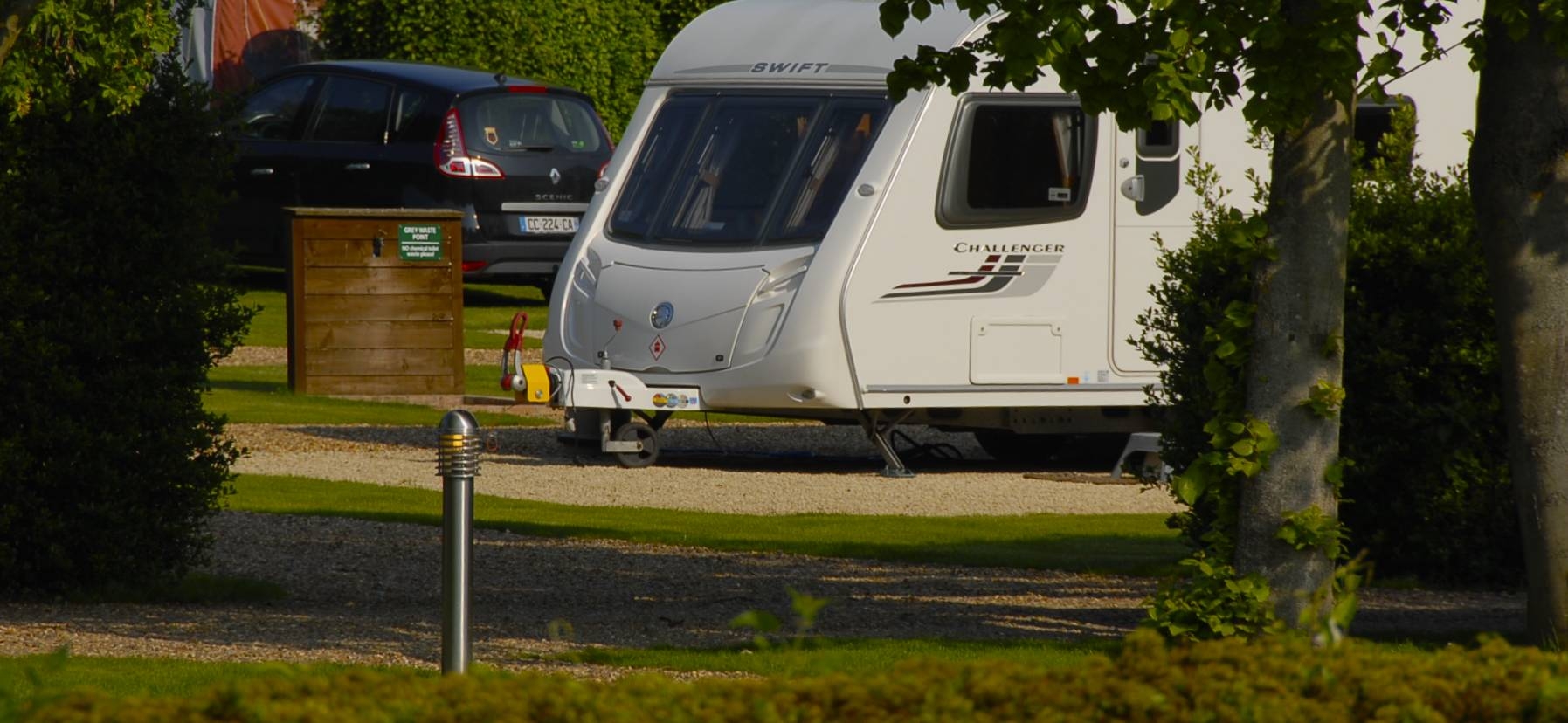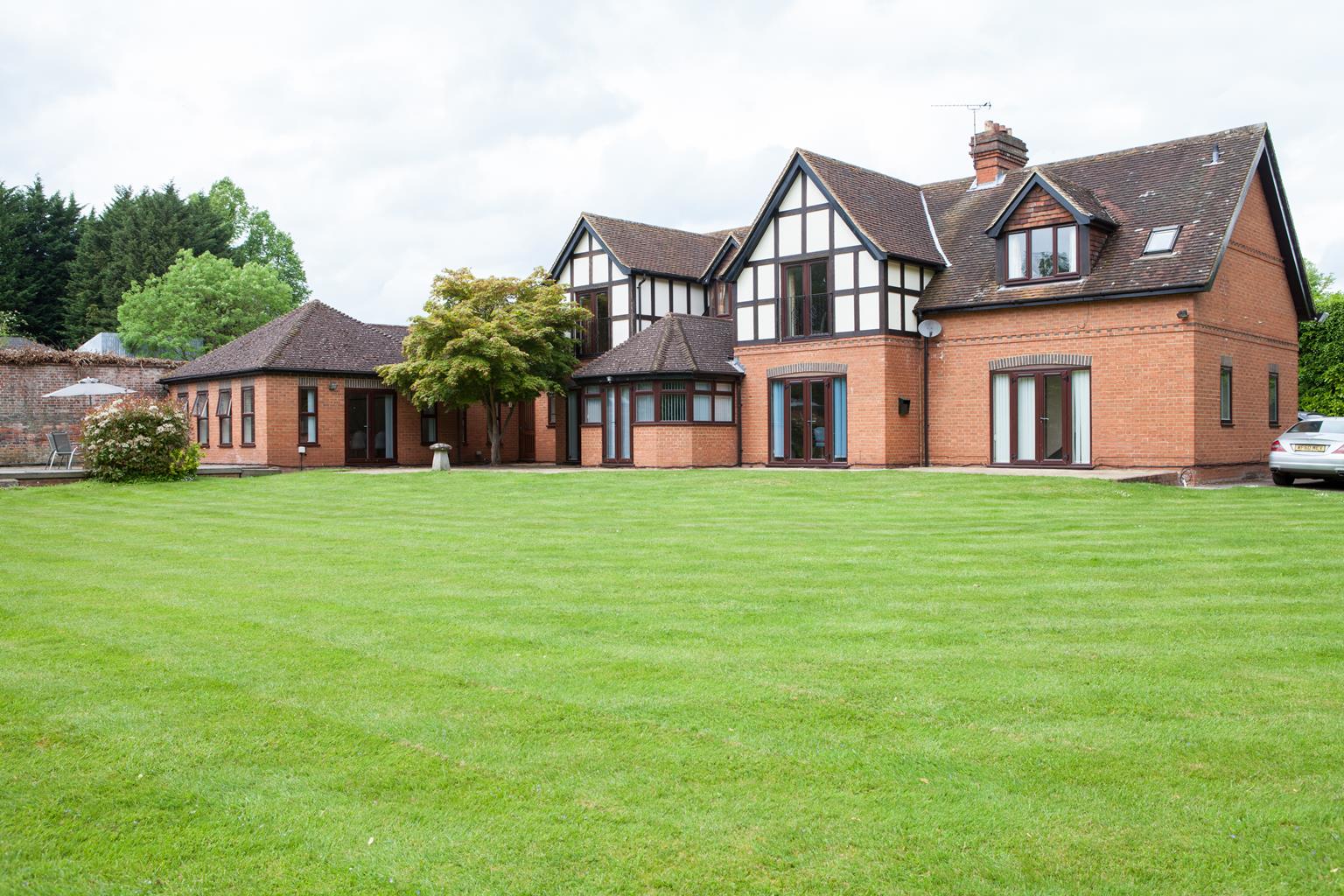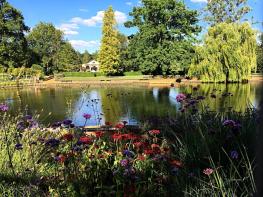In peaceful, picturesque Turville, in the heart of the Chilterns AONB, 8 miles from Marlow and…
Stonor Park and around Kildridge Wood

3.5 miles (5.7kms)
About the walk
Without question, the chief attraction of this walk is Stonor, a mansion set in its own magnificent parkland amid the rolling Chilterns and open to the public at various times of the year. There has been a house here since the Norman Conquest – the core of the present one dates from the medieval period and has been enlarged and restored a great many times over the years.
The 18th-century facade of red brick encloses an E-shaped Elizabethan house with work dating from an earlier era behind it. Within its walls lies a maze of rooms and staircases, with sculptures, tapestries, drawings, paintings and many items of fine furniture on display.
Campion the martyr
Stonor is also known for its 14th-century Chapel of the Holy Trinity, and it was here in 1580 that Lady Stonor gave refuge to the Jesuit priest and martyr Edmund Campion. Born in London in 1540, Campion was educated at Christ's Hospital in Sussex and St John's College, Oxford. He later became a deacon in the Church of England but fled to Douai in France when his Roman Catholic leanings became apparent. In 1573 he joined the Society of Jesus in Bohemia.
Campion became Professor of Rhetoric at Prague but returned to England in 1580 for a Jesuit mission. He preached in this part of the Chilterns and lived in secret at Stonor House, which at that time was a refuge for Catholics. The Stonor family was of the same faith and as a direct result of their religious devotion, endured persecution and imprisonment as well as the loss of many of their estates during the 16th and 17th centuries.
Here, using a printing press in a hidden room of the house, Campion supervised the printing of his book Decem Rationes (The ten reasons [for being a Catholic]), distributing 400 copies in St Mary's, Oxford, before the degree-giving ceremony in June 1581.
Trial and execution
As a consequence of what he did, Campion was arrested, while preaching at Lyford in Berkshire. He was tried on a charge of conspiracy and, having refused to renounce his faith, was executed on 1 December. Before he was hanged, he wrote: 'If our religion do make us traitors we are worthy to be condemned, but otherwise we are and have been good subjects as ever the queen had.' Campion was beatified in 1886 and later canonised as one of the 40 Martyrs of England and Wales. His feast day is 25 October. A visit to Stonor is certainly memorable, but a stroll through its glorious deer park and beechwoods makes a lasting impact – particularly on an autumn day when the leaves are beginning to turn.
Walk directions
Cross the road to the 30mph speed restriction sign at the southern end of Stonor and turn left at the stile just beyond it to join a footpath. Keep the farm outbuildings on your left and go up the slope towards trees. Cross a stile into the woodland and begin climbing very steeply into the Chilterns. Look for the white arrows on tree trunks and further up you reach a clear track on a bend. Take this track, cross another and pass alongside Coxlease Farm.
Keep to the right of the outbuildings and bear right through a kissing gate. Turn left to join a track from the farmhouse. Make for the road and turn left. Follow this road for 0.75 miles (1.2km) as it passes several properties, bends sharp right, then curves left slightly. Next is a straight section which runs alongside Kildridge Wood, an area of mixed woodland and bracken, part of which has been recently harvested and replanted. Pass some double wooden gates on the right and keep to the road as it curves right. Turn left after a few paces, signposted towards Southend.
Keep Kildridge Wood on the left still, with views over fields and rolling countryside on the right. Follow the lane for 0.5 miles (800m) until you reach a turning on the left – the Chiltern Way. Follow the path beside a pair of brick and flint cottages, following the way towards Stonor Park. Cross a junction of tracks and descend between trees. Some of the trunks carry the CW symbol for Chiltern Way. Keep left at the fork, passing between laurel bushes and trees, and eventually you reach a deer fence and gate. Go through and continue ahead.
Follow the white arrows, along the side of the valley, and gradually Stonor (the house) edges into view. Head down towards the road and look for a kissing gate in the deer fence. Turn left and head for Stonor village. Pass a footpath and a turning to Maidensgrove and keep ahead to pass The Quince Tree pub and cafe. Continue through the village and return to the parking area.
Additional information
Wood and parkland paths and tracks, country lanes, several stiles
Spectacular Chilterns
On lead through grazed areas and in park
AA Walker's Map 24 The Chilterns
Off-road at southern end of Stonor, by barns of Upper Assendon Farm, which straddle road
None on route
WALKING IN SAFETY
Read our tips to look after yourself and the environment when following this walk.
Find out more
Also in the area
About the area
Discover Oxfordshire
Located at the heart of England, Oxfordshire enjoys a rich heritage and surprisingly varied scenery. Its landscape encompasses open chalk downland and glorious beechwoods, picturesque rivers and attractive villages set in peaceful farmland. The countryside in the northwest of Oxfordshire seems isolated by comparison, more redolent of the north of England, with its broad views, undulating landscape and dry-stone walls. The sleepy backwaters of Abingdon, Wallingford, Wantage, Watlington and Witney reveal how Oxfordshire’s old towns evolved over the centuries, while Oxford’s imposing streets reflect the beauty and elegance of ‘that sweet city with her dreaming spires.’ Fans of the fictional sleuth Inspector Morse will recognise many Oxford landmarks described in the books and used in the television series.
The county demonstrates how the strong influence of humans has shaped this part of England over the centuries. The Romans built villas in the pretty river valleys that thread their way through Oxfordshire, the Saxons constructed royal palaces here, and the Normans left an impressive legacy of castles and churches. The philanthropic wool merchants made their mark too, and many of their fine buildings serve as a long-lasting testimony to what they did for the good of the local community.
Nearby stays
Restaurants and Pubs
Nearby experiences
Recommended things to do
Why choose Rated Trips?
Your trusted guide to rated places across the UK
The best coverage
Discover more than 15,000 professionally rated places to stay, eat and visit from across the UK and Ireland.
Quality assured
Choose a place to stay safe in the knowledge that it has been expertly assessed by trained assessors.
Plan your next trip
Search by location or the type of place you're visiting to find your next ideal holiday experience.
Travel inspiration
Read our articles, city guides and recommended things to do for inspiration. We're here to help you explore the UK.

